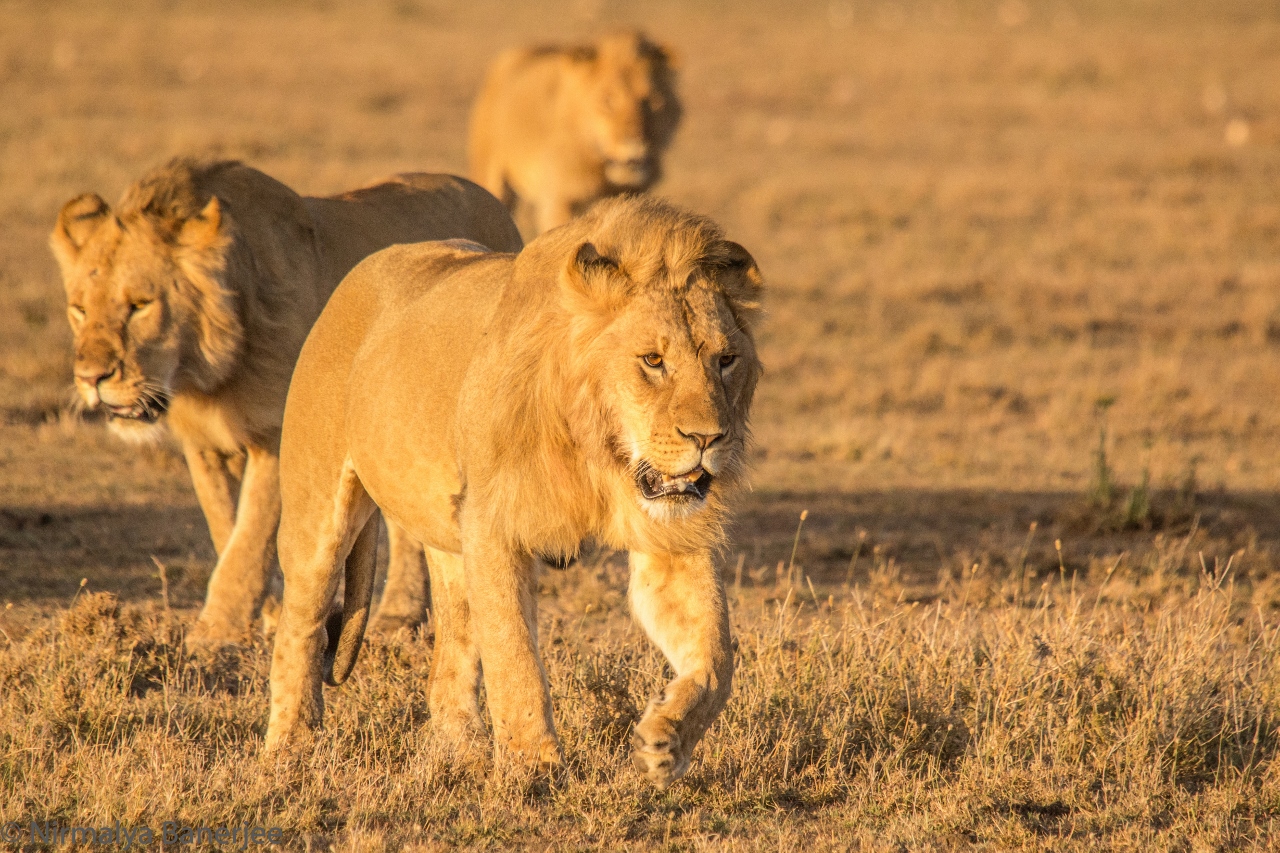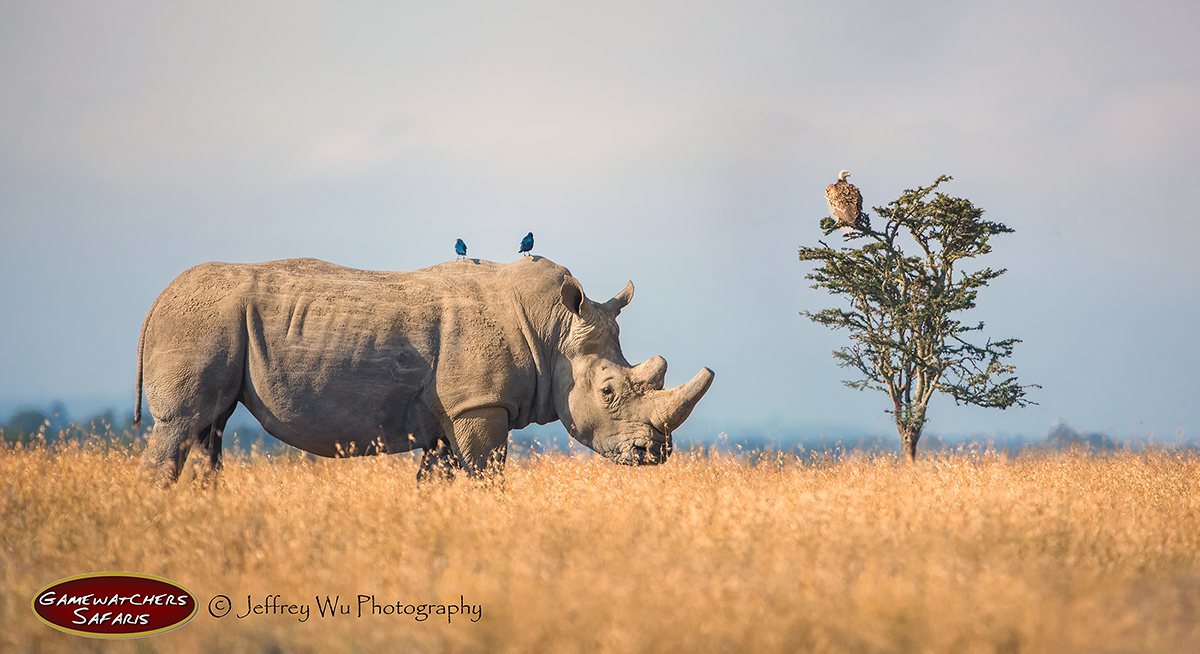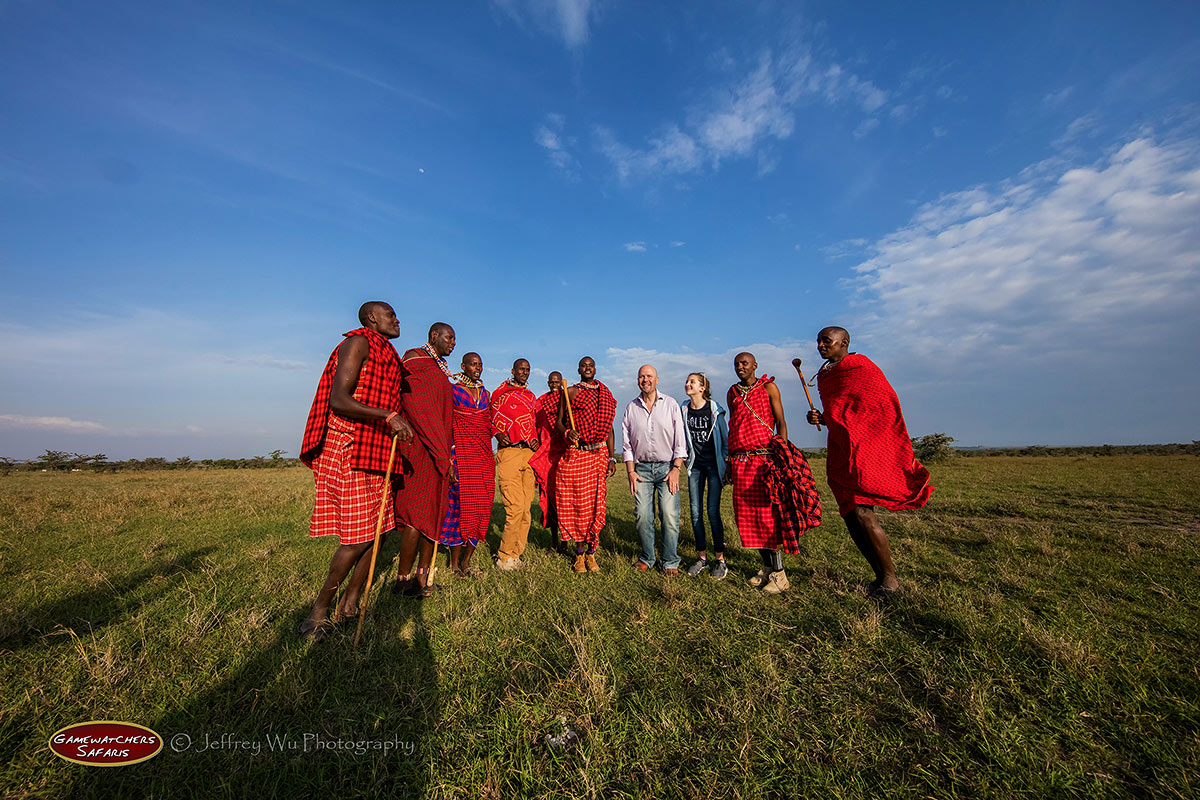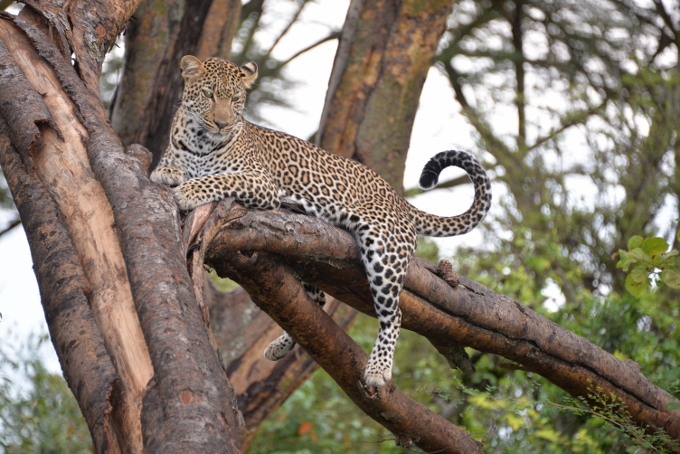
Kenya has an incredible diversity of wildlife habitat with opportunities for wonderful sightings of the animals. During the planning stages of a safari, our guests often ask where are the best locations to visit for a wildlife safari, and are often surprised with our response [that they do not need to stay inside the National Parks to have a great safari experience !]
Kenya is home to some of the most famous safari locations in Africa, with over 40 National Parks & Reserves as well as private Conservancy areas, all set aside for the conservation of wildlife and natural habitat.
There are two main different types of protected wildlife habitats:
(1) National Parks and (2) Private Wildlife Conservancies
1. National Parks & National Reserves
Areas of land that are under the control of the Kenya government or County governments to conserve wildlife habitat for the use of tourism. Guests can enjoy game drives within set hours and view wildlife from a safari vehicle.
Kenya is home to some of the most famous of the National Parks in Africa:
Masai Mara National Reserve which is home to the annual wildebeest migration every year and is one of Kenya’s finest safari areas.
Amboseli National Park which sits below Kilimanjaro and is prolific for Elephants and birds.
Samburu National Reserve , with its beautiful landscapes on the banks of the Ewaso Ng’iro river and home to some less commonly seen species such as Grevy’s zebra, the long-necked Gerenuk gazelle, Oryx and Reticualted giraffe in addition to elephants, lions and many other species.
Tsavo East & West, is one of the largest wildlife areas in the world, offering a diverse range of habitats from mountains and rivers to plains and wooded grassland. The park is home to many different species including buffalo, cheetah, rhino and elephant.
Nairobi National Park is unique as the only protected area in the world with such a huge variety of animals and birds close to a capital city. As a successful rhino sanctuary, the park has an excellent record for supporting the species and it is one of the few parks where a visitor can be almost certain of seeing a black rhino in its natural environment.
The National Parks are popular with visitors and accommodation is available mostly in large tourist lodges often catering for over a hundred visitors. Consequently they can be very busy with many tourist vehicles especially in the peak months.
For a more exclusive safari experience to see the wildlife away from the crowds, we recommend to our guests when planning a safari that for the best wildlife experience they should stay in a Private Wildlife Conservancy area.
2. Wildlife Conservancies
Areas of land in Kenya not owned by the state, but belonging to private landowners or community members, that have been set aside to expand the area of protected habitat for wildlife beyond the state-controlled parks and with eco-tourism providing the funds to support conservation. Scientific research into animal movements and behaviour shows that the wildlife populations are increasing within the boundaries of the Conservancies.
The conservancies have created new areas of protected habitat exclusively for wildlife on additional land adjoining the existing parks and reserves. Visitors who stay in these Private Conservancy areas in the small camps, such as the Porini Safari Camps, have a very special safari experience as they can see all the wildlife in a pristine wilderness but without masses of other tourists present.
They can also experience night game drives to seek out nocturnal animals, take guided nature walks and have bush meals and sundowners as part of their activities – which may not be possible within the National Parks.

The private conservancies surrounding the Masai Mara Reserve have been recognized as having the some of the highest density of free-roaming wild lions in Africa. So if it is Big Cats you are interested in seeing, then a visit to the Ol Kinyei or Olare Motorogi Mara Conservancies is the ideal safari for you!
In the video clip below, our founder Jake Grieves-Cook explains how the conservancies in the Mara were set up “to expand the area of protected habitat for wildlife”.
Ol Pejeta Conservancy, located in the foothills of Mount Kenya, is home to the Big Five and focuses on protecting endangered species. There are only 2 northern white rhinos left in the world and they are both on Ol Pejeta. The Conservancy has a number of safari camps and lodges located within it including Porini Rhino Camp.

The game-rich Selenkay Conservancy is nearly 15,000 acres of wilderness next to Amboseli National Park. The area has wonderful views of Mt Kilimanjaro and has great game-viewing. It is particularly famous for its elephants as well as lions and large numbers of Maasai giraffes.

Maasai giraffe in Selenkay Conservancy with Mt Kilimanjaro in the background (courtesy of Porini Amboseli Camp guest Jaap Vleeskruijer)
Selenkay is home to Porini Amboseli Camp from which guests enjoy day and night game drives, sundowners, bush dining, safari walks as well as visits to Selenkay village to learn about the Maasai way of life.
Guests staying at a Camp, such as the Porini Safari Camps, located within a private Conservancy can be sure that as well as having a memorable and enjoyable safari they are making a real contribution to Kenya’s valued wildlife, environment and local communities.

If you haven’t yet made your safari arrangements then do take a look at our latest Special Offers here, or contact us via our online Enquiry Form to start your planning and one of our team will be in touch to help you through all the options.
on Saturday 22nd December 2018 at 07:18







